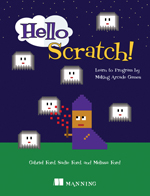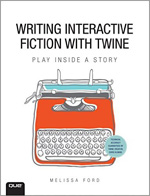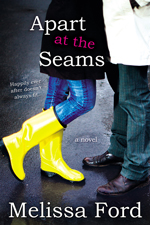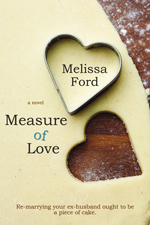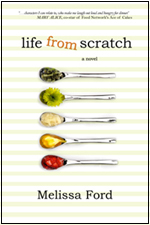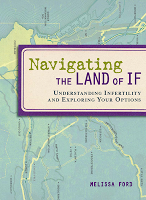MFA Sunday School (Fourteen: Observation Field Trip)
![]() Welcome to MFA Sunday School, a once-a-week, free, online writing workshop. MFA Sunday School posts are uploaded on Sunday mornings, though you can read them or participate any time — the comment section is always open for people to post a link to their work or ask a question. You can subscribe to blog posts via the RSS feed, or look for them under the category heading “MFA Sunday School.” If this is your first time in “class,” you may want to jump back to the first post in the series in order to understand how things work, or peruse all of the past lessons as well as a glossary of terms by reading the MFA Sunday School Glossary and Course Archives.
Welcome to MFA Sunday School, a once-a-week, free, online writing workshop. MFA Sunday School posts are uploaded on Sunday mornings, though you can read them or participate any time — the comment section is always open for people to post a link to their work or ask a question. You can subscribe to blog posts via the RSS feed, or look for them under the category heading “MFA Sunday School.” If this is your first time in “class,” you may want to jump back to the first post in the series in order to understand how things work, or peruse all of the past lessons as well as a glossary of terms by reading the MFA Sunday School Glossary and Course Archives.
Hey kids, grab your permission slips and wear sensible shoes: we’re going on a field trip again today.
We’re getting closer and closer to that idea of showing, not telling. I’d jump there immediately since I know it’s such a popular concept in writing, but I really think it will be more understandable if we circle around it for a bit rather than moving there directly. Last time we went on an Observation Field Trip, we looked at human characteristics. This time, I’m going to ask you to ignore every living being in the room and focus solely on the setting.
I want you to describe a room in such fine detail that if twenty years passed and you were asked to recall where everything was in this room, you could grab this description and answer any question. Where are the electrical outlets? Where are the windows? How are the tables arranged? Anything out-of-place? Is there a missing salt shaker on a table, a picture askew?
The one catch is that you can only use words: no diagrams, no pictures. You’re taking a snapshot, but you’re taking it with a word camera.
Once you get down the logistics, start embellishing your descriptions. That table you’re leaning against, what does it feel like? The air coming out of the vent, does it remind you of anything? Getting in the habit of noticing all the small details around you will help you to build realistic settings as Wordgirl spoke about a few weeks ago because you’ll start incorporating those small details into the story itself.
Or into the post itself — this concept isn’t just important for novels. Every blog post is a mini story about your life, and the more details you provide, the more your readers will be able to visualize what you’re saying. People like to return to writing that grasps onto them.
Homework: Go out to a public space — a restaurant, coffeehouse, park. Leave all distractions at home (especially… I’m sorry Wolvog and ChickieNob… kids). Set the timer for twenty minutes and write down everything you notice around you. Create a visual snapshot of the room using only words. Then leave the room and hours later, have someone ask you a series of questions and see how well you can answer them using your description of the space. If they ask you how many lights were overhead, do you have an answer?
This exercise is about:
- Seeing how good you are at seeing the small details. [OBSERVATION]
- Recording/remembering the small details for later use. [RETENTION]
- And in the future, you’ll utilize these notes to create vivid settings. [UTILIZATION]
See? ORU — observation, retention, utilization.





